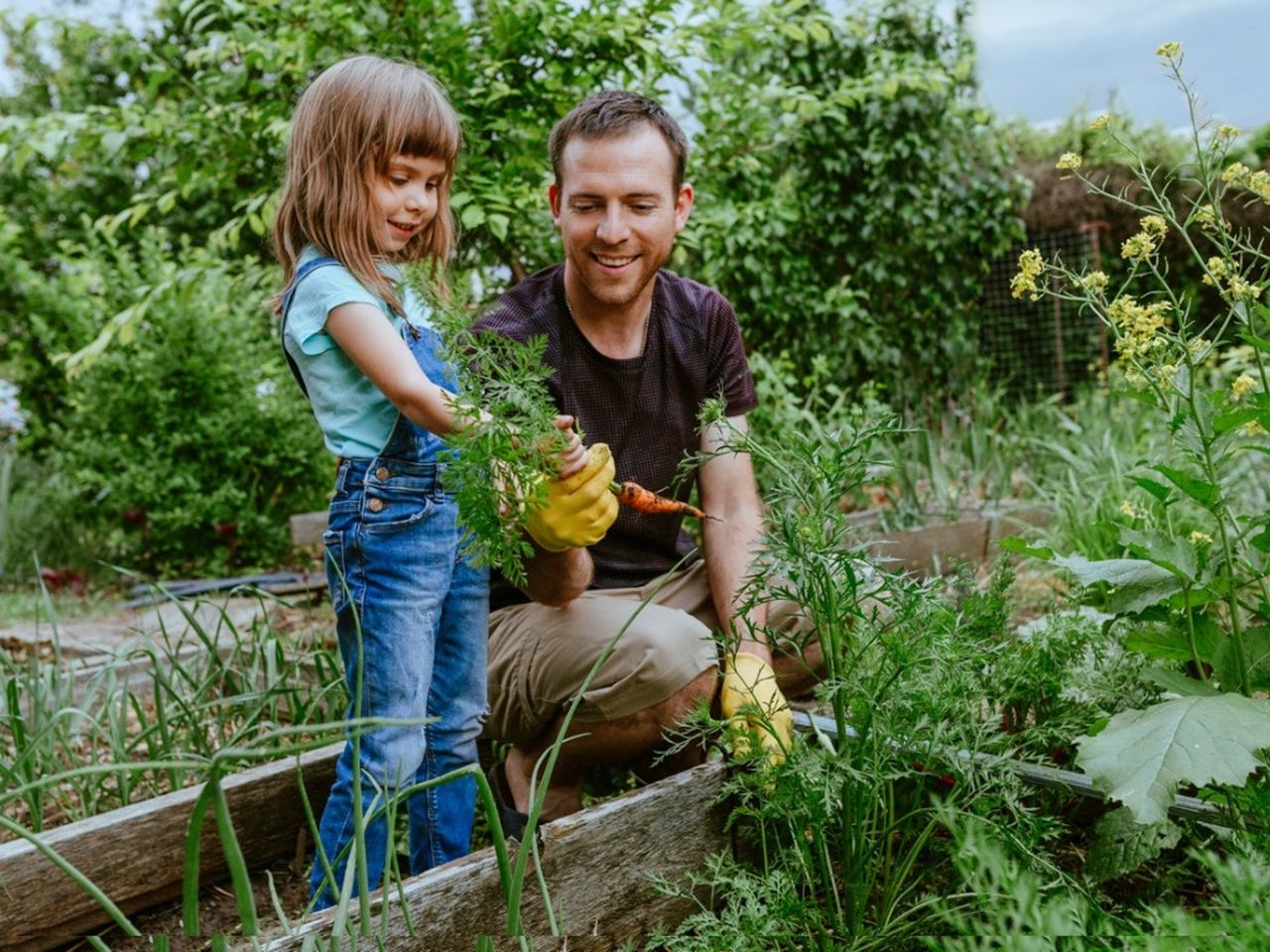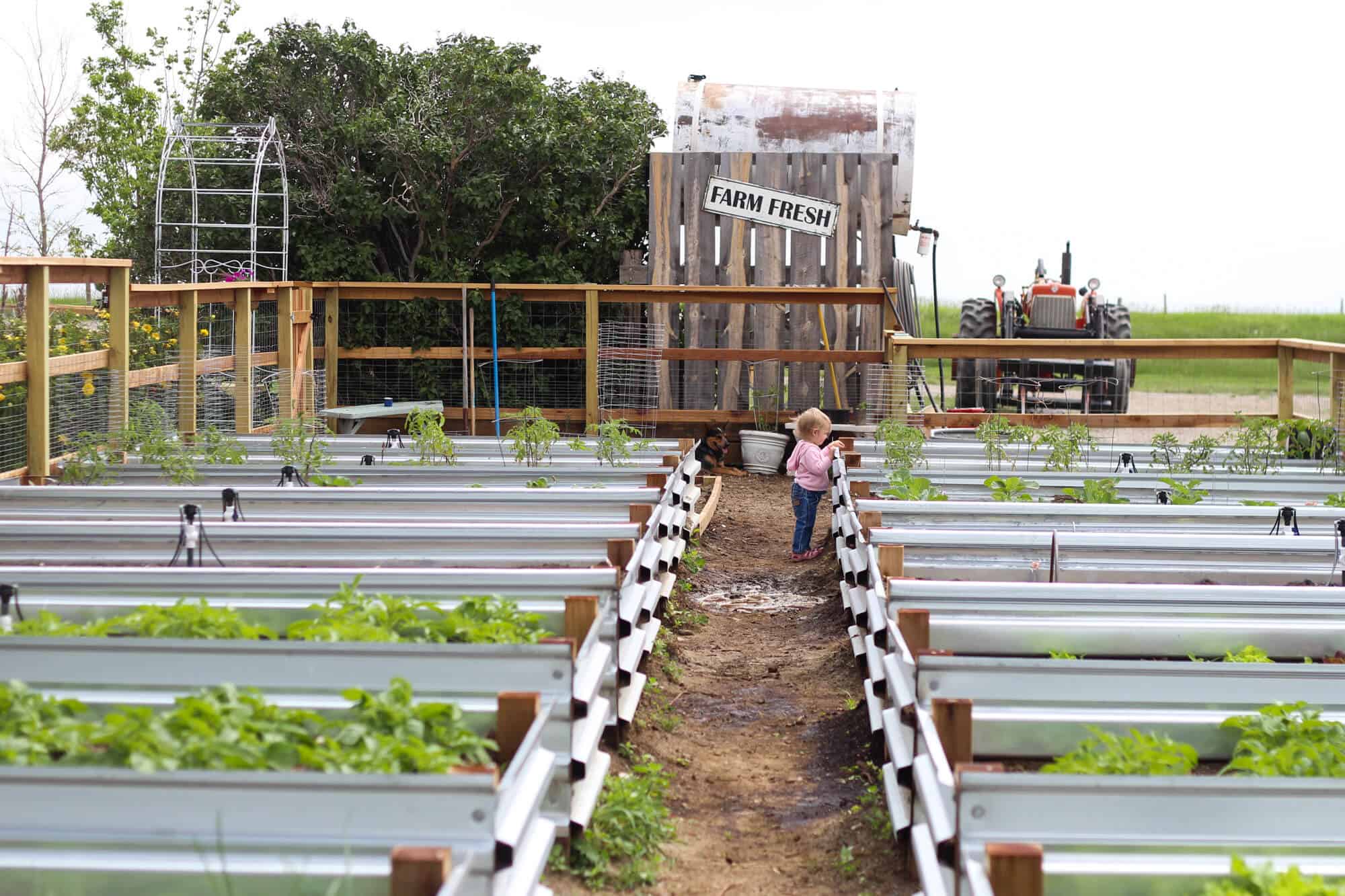Eco-Friendly Methods in Homestead Gardening
Eco-Friendly Methods in Homestead Gardening
Blog Article
Uncover the Tricks to Developing a Productive and lovely Gardening Room
Creating a productive and attractive gardening space is not just an issue of planting blossoms and veggies; it requires a critical method that includes different critical aspects. From picking the right area based on sunshine and soil kind to thoughtfully making your format and choosing appropriate plants, each choice plays a pivotal role in the success of your garden.
Picking the Right Area
Picking the suitable place for your garden is critical to its success and overall visual allure. The very first step in this process entails evaluating sunshine direct exposure, as most plants need at least six hours of straight sunshine daily (Homestead Gardening). A south-facing garden usually gets one of the most light, while shaded locations can restrain development and blooming
In addition, think about dirt quality and water drainage. Well-draining soil is essential to avoid waterlogged roots, which can bring about plant illness. Performing a dirt test can give important details regarding pH degrees and vitamins and mineral content, enabling you to change the soil as necessary.
In addition, distance to water sources is one more factor to weigh - Homestead Gardening. Having very easy access to a hose or irrigation system can simplify the watering process and motivate regular plant care. Wind security is also essential; positioning your garden near structures, such as wall surfaces or fences, can shield it from harsh winds that might damage delicate plants
Last but not least, consider ease of access for maintenance and harvesting. A well-placed garden permits convenient access, guaranteeing that you can quickly tend to your plants without triggering excessive stress and anxiety or disturbance. Thoughtful area choice lays the structure for a flourishing garden.
Picking Plants Intelligently
When picking plants for your yard, it's essential to consider variables such as environment, soil problems, and individual choices to make sure a harmonious and efficient space. A thorough understanding of your regional climate will guide you in selecting plants that flourish in your particular environment. Selecting drought-resistant varieties is advantageous in dry areas, while moisture-loving types may be more ideal for locations with high rains.
Soil problems are similarly vital; performing a dirt test can reveal pH levels and nutrition content, allowing you to select plants that will certainly thrive. Native plants are frequently an excellent choice, as they are usually well-adapted to neighborhood dirt kinds and call for much less maintenance.
Show on your personal choices-- selecting plants that resonate with your visual preferences will certainly improve your pleasure and dedication to maintaining your garden. By very carefully examining these factors, you can produce a flourishing and diverse plant selection that raises your gardening experience.
Creating Your Yard Format
With an attentively picked plant choice in hand, the next step is to produce a yard format that makes best use of both beauty and capability. Begin by evaluating the offered area, taking into consideration aspects such as color, wind, and sunshine patterns. A well-planned layout needs to incorporate various zones, including locations for growing, paths, and potentially seating.
Begin with larger plants or prime focus, such as trees or tall perennials, placed purposefully to develop visual rate of interest. Layer smaller sized plants in front to boost depth and structure. Think about the growth practices of your selected plants; taller ranges ought to be positioned at the back or facility of beds, while shorter ones can line the sides.
Including paths not only facilitates accessibility for upkeep however also check these guys out welcomes exploration. Use products that match the yard's overall aesthetic, whether stone, timber, or crushed rock chips.
Furthermore, believe about seasonal adjustments and exactly how your layout will look throughout the year. Integrating evergreens along with seasonal blossoms can make certain year-round appeal. Ultimately, a properly designed garden layout balances the all-natural elegance of plants with functional considerations, leading to a space that is both inviting and productive.
Enhancing Dirt Health

To boost soil health and wellness, start by conducting a dirt test to analyze pH levels, vitamins and mineral web content, and soil my website structure. This will certainly educate your amendments. Include raw material such as garden compost, well-rotted manure, or leaf mold and mildew to enhance dirt framework, water retention, and microbial activity. Additionally, exercising plant turning can avoid nutrition deficiency and minimize parasite and disease stress.
Mulching is one more efficient method; it not only saves wetness however likewise suppresses weeds and progressively enhances the soil as it damages down. Preventing too much tillage is critical, as it can interfere with soil structure and harm useful organisms. Instead, adopt no-till or minimal tillage techniques to preserve soil stability.

Preserving Your Garden Efficiently
A well-kept yard gives pride and productivity, requiring regular focus to guarantee that plants flourish and the landscape stays inviting. Reliable garden upkeep entails numerous essential practices that enhance the wellness of your plants and the total visual of your room.
Routine watering is important; nevertheless, it is necessary to tailor your watering routine based on the details demands of your plants and regional environment conditions. Mulching can help preserve wetness, subdue weeds, and manage soil temperature. Timely weeding protects against competition for nutrients and resources, making certain that your plants grow.
Pruning is an additional necessary task. It encourages healthy and balanced growth, gets rid of infected or dead branches, and shapes plants to maintain an appealing framework. Additionally, checking for conditions and pests is essential; early detection and treatment can conserve your plants from substantial damage.
Fertilizing should be carried out thoughtfully, making use of organic alternatives whenever possible to promote long-term soil health. Lastly, seasonal tasks such as planting, splitting perennials, and planning for winter season will certainly ensure your garden remains dynamic year-round. By complying with these techniques diligently, you can cultivate a yard that is both effective and gorgeous.
Conclusion
Choosing an ideal area with appropriate sunlight, choosing suitable plants, developing a cosmetically pleasing format, boosting dirt wellness, and making certain normal maintenance are important elements. By integrating these practices, one can grow a prospering garden that not only enhances the landscape yet likewise promotes eco-friendly equilibrium and sustainability.
From choosing the right location based on sunshine and hop over to these guys soil type to thoughtfully developing your layout and picking suitable plants, each choice plays a crucial function in the success of your garden. Well-draining dirt is important to prevent waterlogged origins, which can lead to plant diseases.When selecting plants for your garden, it's vital to consider factors such as climate, soil problems, and personal choices to make sure a harmonious and effective area. Inevitably, a well-designed garden design balances the all-natural charm of plants with useful factors to consider, resulting in a space that is both welcoming and effective.

Report this page